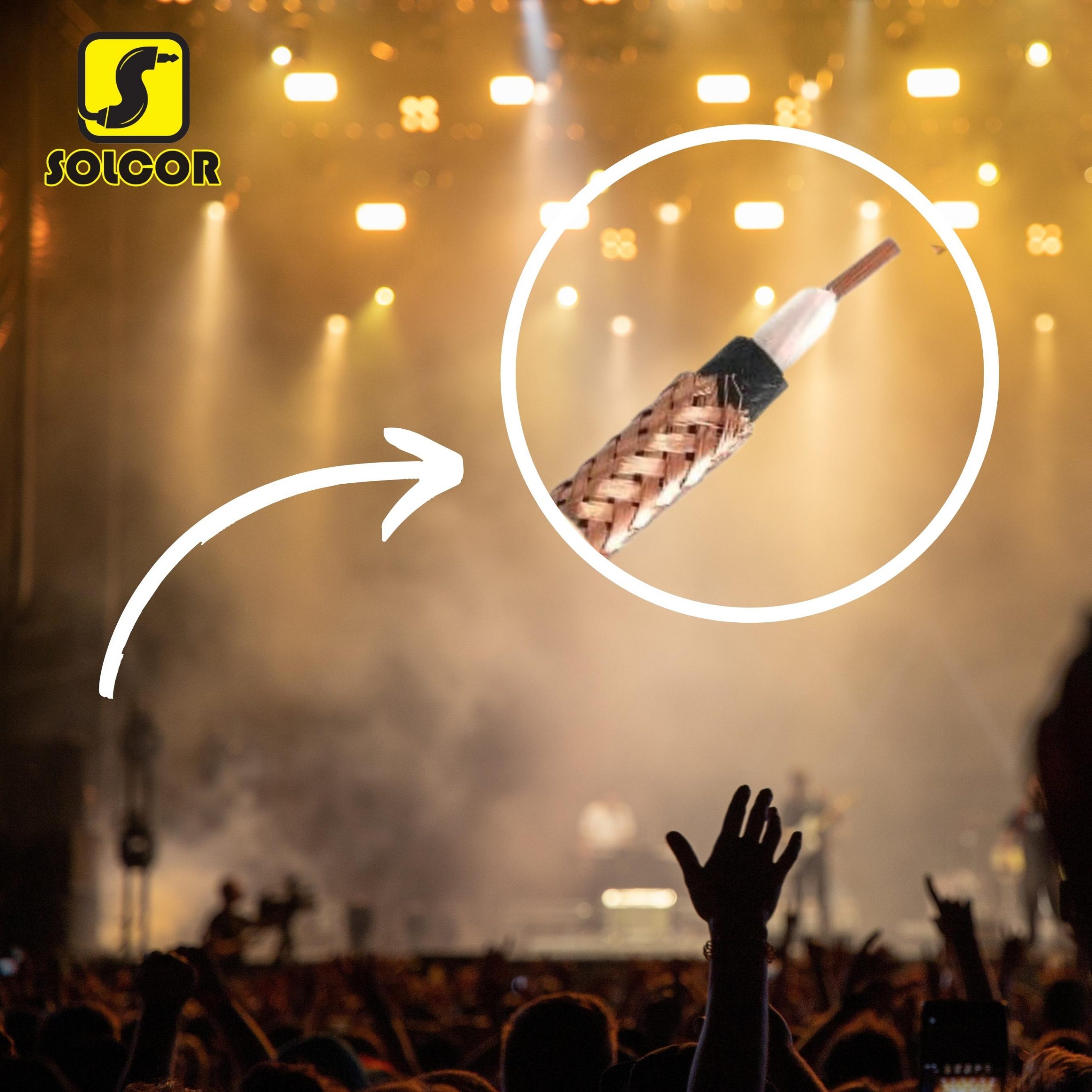The benefits are so many that we had to divide them into several articles to keep them clear and give each one its proper place.
Here we delve deeper: Applications in speaker cables. While we have already mentioned that high-density braided copper is commonly used in audio cables, it is important to highlight that it is also applied in speaker cables. Just like in audio cables, the braided configuration in speaker cables helps to reduce resistance and crosstalk, improving sound quality and minimizing interference.
Better mechanical noise handling. Returning to audio cables, the braided configuration of copper provides greater resistance to mechanical noise. This is achieved because the intertwined copper wires act as a sort of cushion, reducing vibration and noise that can be transmitted through the cable. This is especially useful in environments with constant movement, such as recording studios or live performance stages. Sounds convenient, doesn’t it?
Increased wear resistance. High-density braided copper shielding offers greater durability and wear resistance compared to cables that use a single conductor. The copper wire braid protects the internal conductors from potential damage caused by bending, pulling, or twisting. This helps extend the cable’s lifespan and reduce the possibility of signal failures or interruptions.

